MXB-DU Oilless Bearing SF-1 Bushing High-Temperature Resistance
Cat:Oilless Bearing
SF stands for three-layer composite, namely steel plate layer, copper powder layer and plastic layer. The steel plate layer plays the role of assembly...
See DetailsSintered bronze bushings and cast bronze bushings are both widely used in mechanical systems to reduce friction and wear between moving parts. While they may look similar and are both made from bronze alloys, they differ significantly in terms of manufacturing process, material structure, lubrication behavior, performance characteristics, and cost. These differences make each type more suitable for specific applications.
1. Manufacturing Process
Sintered Bronze Bushings
Made using powder metallurgy: fine bronze powder is compressed under high pressure in a mold and then heated (sintered) to just below the melting point to bond the particles.
This process creates a porous structure within the bushing, allowing it to absorb and retain lubricants.
Cast Bronze Bushings
Produced by casting molten bronze into molds and then machining the solidified metal to precise dimensions.
Results in a dense, solid structure with very little internal porosity.
2. Internal Structure and Porosity
Sintered
Highly porous—typically 20–25% of the volume consists of interconnected pores.
These pores can be impregnated with oil, making the bushing self-lubricating.
Ideal for applications requiring low maintenance.
Cast
Non-porous and solid throughout.
Requires external lubrication (e.g., grease or oil) during operation unless modified with graphite plugs or grooves.
3. Lubrication Behavior
Sintered
Acts as a reservoir for lubricant—oil is released during use and reabsorbed when at rest.
Designed for continuous or intermittent dry-running environments.
Cast
Must be regularly lubricated unless it includes self-lubricating features like embedded graphite or special coatings.
Typically used in applications where manual or automatic lubrication is provided.
4. Mechanical Strength and Load Capacity
Sintered
Lower mechanical strength due to internal porosity.
Suitable for light- to medium-duty applications.
Poorer performance under heavy impact or high-speed conditions.
Cast
Stronger and more durable, with better load-bearing capacity.
Suitable for heavy-duty, high-load, and high-speed applications.
5. Dimensional Tolerance and Customization
Sintered
Limited to standard shapes and sizes due to mold constraints.
Not ideal for post-machining, as cutting into the porous material may affect structural integrity and lubricant retention.
Cast
Can be fully machined to precise specifications.
Easier to produce custom shapes, flanges, grooves, and tolerances.
6. Typical Applications
| Sintered Bronze Bushings | Cast Bronze Bushings |
| Office equipment, printers, electric motors | Industrial machinery, construction equipment |
| Home appliances, fans, small pumps | Heavy-duty engines, gearboxes, marine equipment |
| Applications with limited space and infrequent access | Situations requiring high strength, impact, or speed |
7. Cost Considerations
Sintered bushings are typically more cost-effective for high-volume production of standardized components.
Cast bushings are more expensive, especially when machining is involved, but offer superior strength and longevity.
Summary Table
| Feature | Sintered Bronze | Cast Bronze |
| Manufacturing | Powder metallurgy (compressed & sintered) | Molten metal casting + machining |
| Structure | Porous, oil-retaining | Solid, dense metal |
| Lubrication | Self-lubricating (oil-impregnated) | Requires external lubrication |
| Load Capacity | Low to medium | Medium to heavy |
| Customization | Limited | Highly customizable |
| Typical Use | Light-duty, low-maintenance environments | Heavy-duty, high-load or industrial systems |
| Cost | Lower (standardized parts) | Higher (custom machining required) |
Conclusion
The choice between sintered bronze bushings and cast bronze bushings depends on the application’s load, speed, lubrication requirements, cost considerations, and service environment. Sintered bronze bushings are ideal for low-maintenance, light-load uses, while cast bronze bushings are better suited to rugged, high-performance conditions where strength and durability are essential.

SF stands for three-layer composite, namely steel plate layer, copper powder layer and plastic layer. The steel plate layer plays the role of assembly...
See Details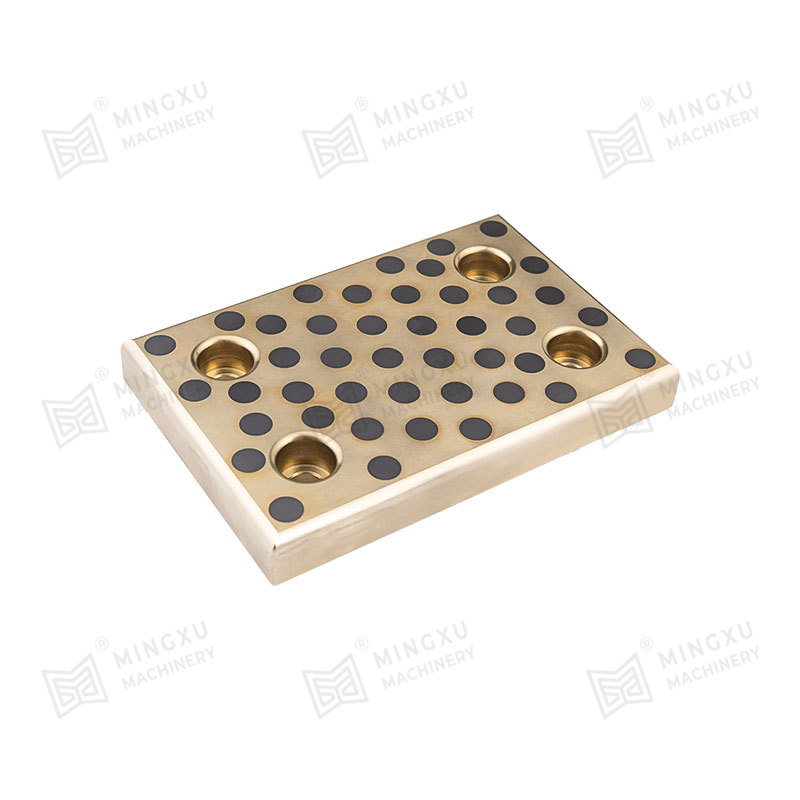
MXB-JESW slide plates are 2-hole and 4-hole wear-resistant heavy-duty slide plates. They are standardized products and compatible with many brands, su...
See Details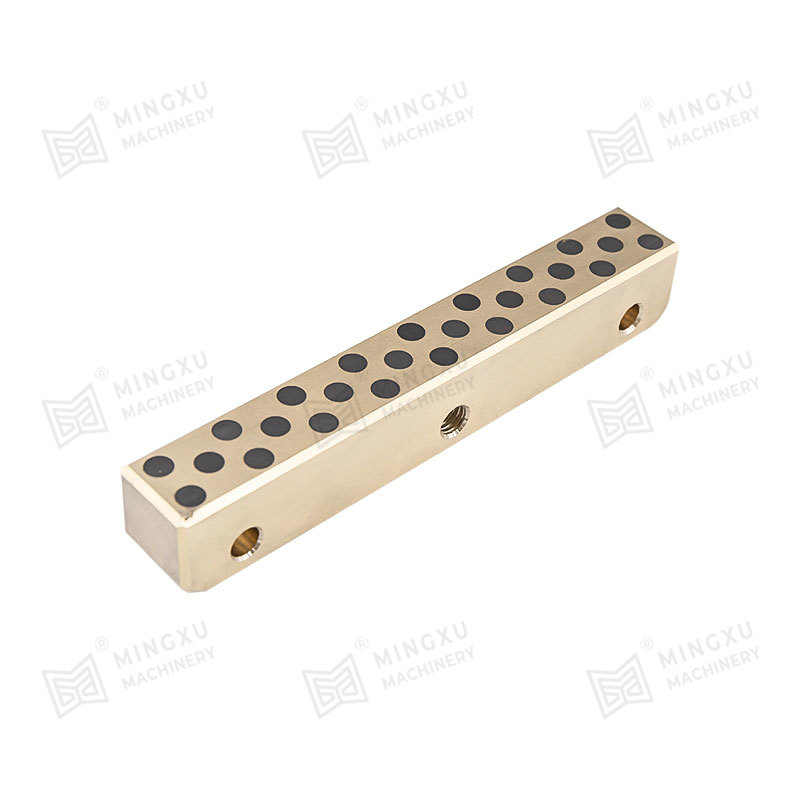
MXB-JGLDW self-lubricating guide rails are made of high-strength brass through CNC machine tools. The surface is inlaid with solid lubricants such as ...
See Details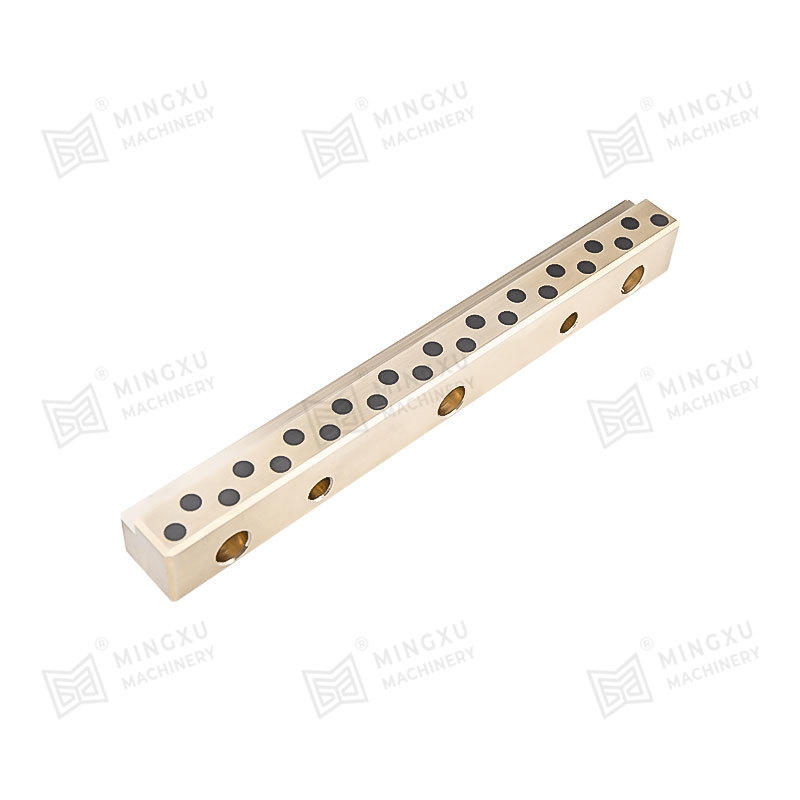
MXB-JGLX self-lubricating guide rails cover multiple properties such as high wear resistance, high temperature resistance, corrosion resistance, etc.,...
See Details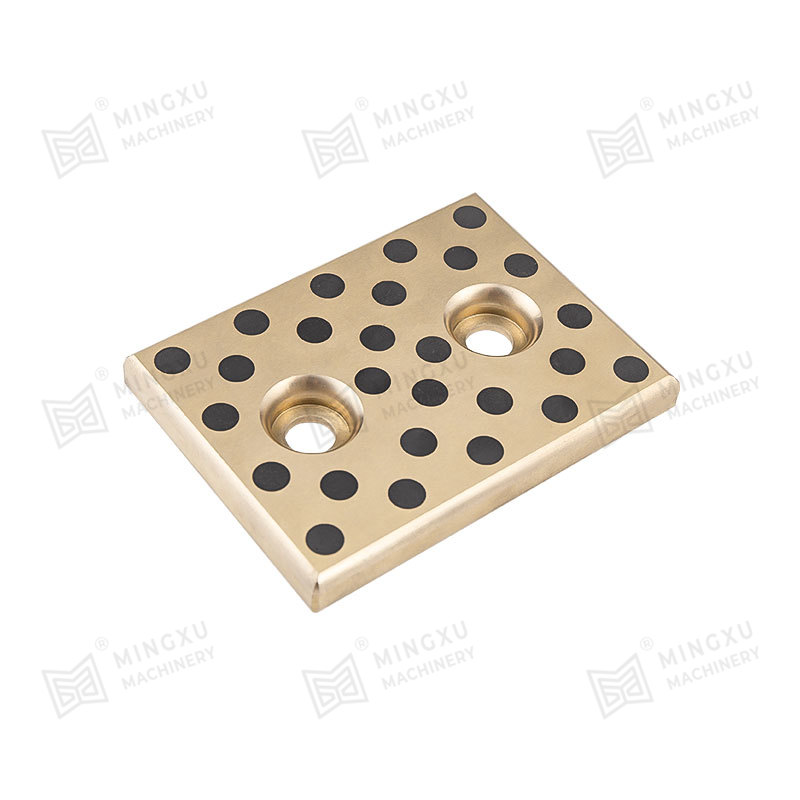
MXB-JSP self-lubricating wear-resistant plate is suitable for injection molding machines, automotive stamping molds, tire molds, factory machinery (ex...
See Details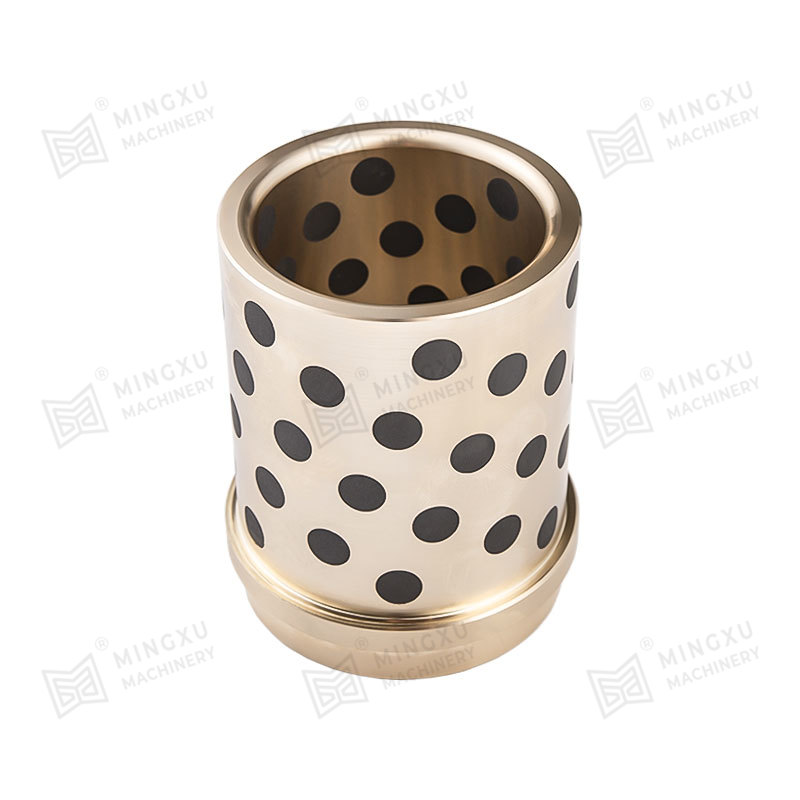
MGB9834 DIN9834 standard guide bushing complies with DIN9843 standard and is suitable for European automotive stamping dies. It is designed to provide...
See Details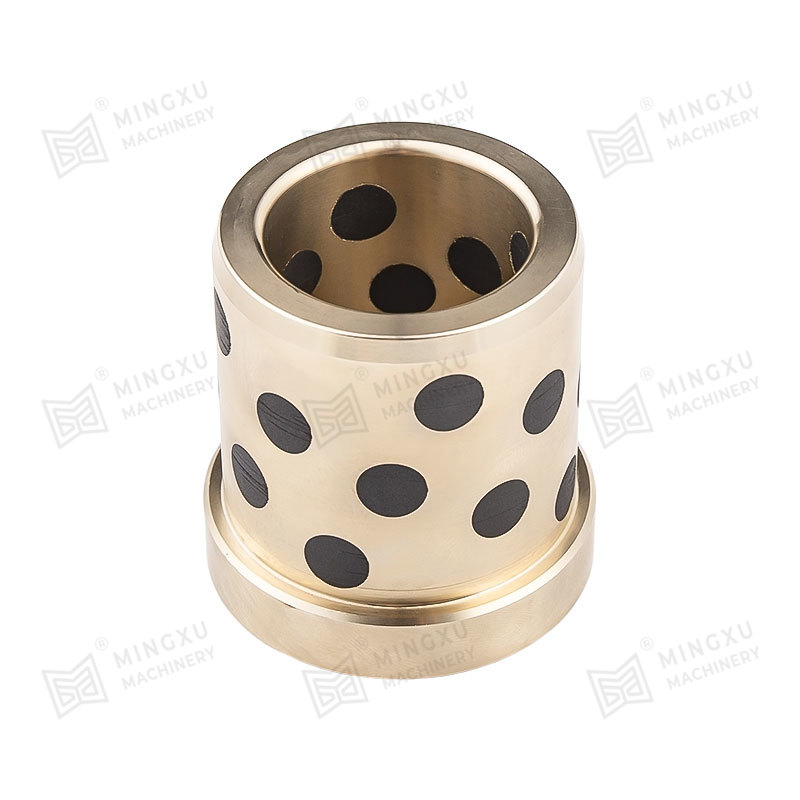
MJGBF oil-free injection guide bushings are components used in the plastic injection molding process to further improve manufacturing efficiency by en...
See Details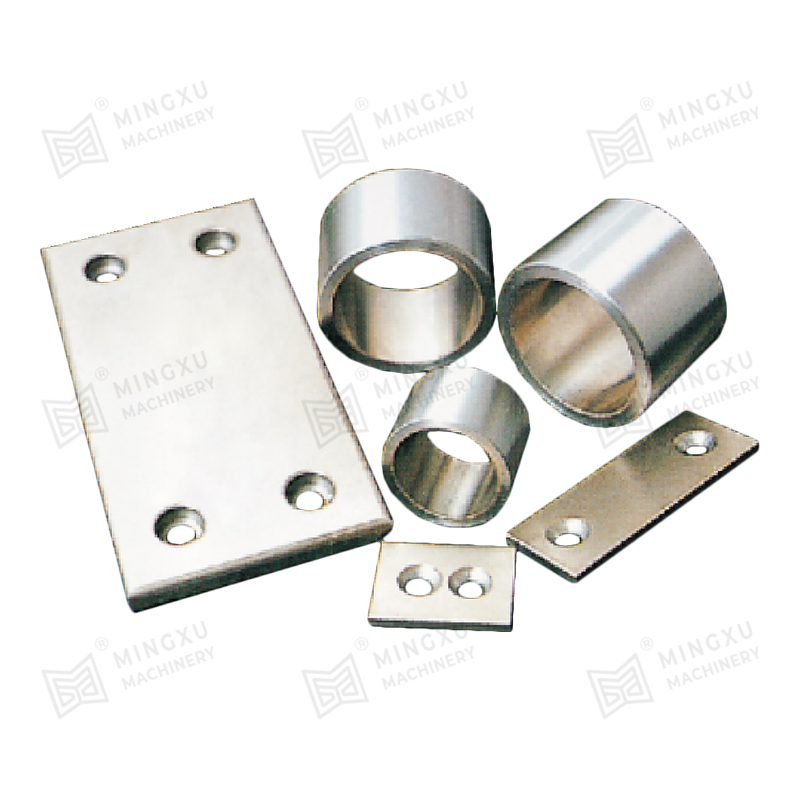
MX2000-2 nickel graphite dispersed alloy bearing is a new product among solid lubricating bearings. Compared with TF-1, this product has the character...
See Details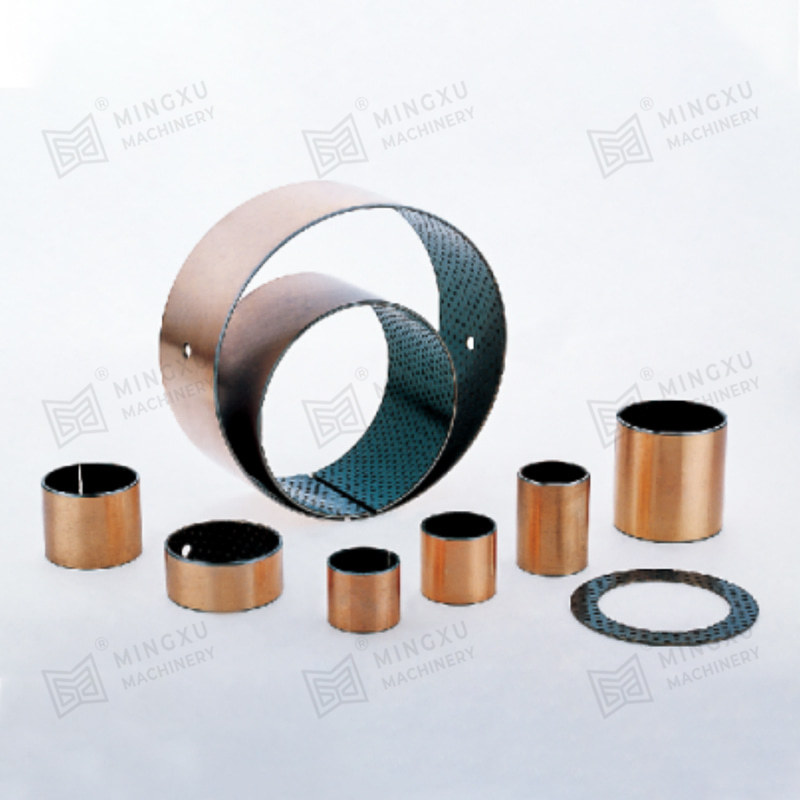
SF-2X boundary lubricated bearing is based on steel plate, with sintered spherical bronze powder in the middle, modified polyoxymethylene (POM) rolled...
See Details
Boundary lubricated lead-free bearings are improved on the basis of SF-2. Its performance is the same as SF-2, but the surface does not contain lead, ...
See Details
Contact Us